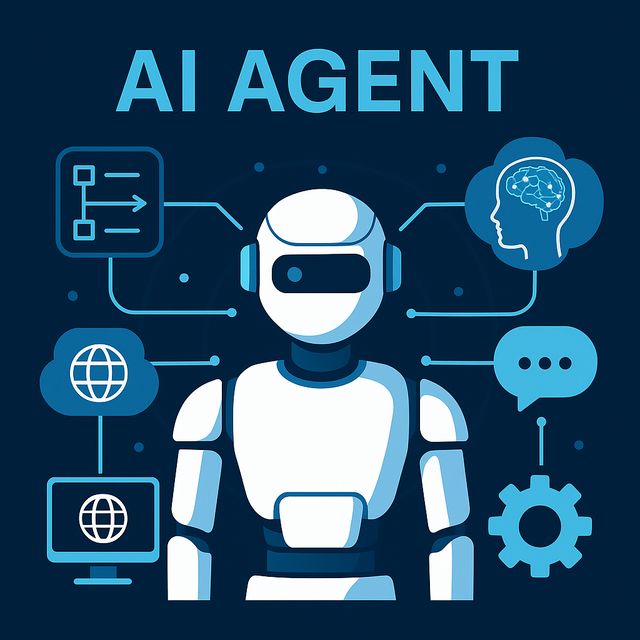Ransomware attacks have become one of the most devastating threats in the cybersecurity landscape, crippling businesses, government agencies, and healthcare institutions worldwide. However, a disturbing trend has emerged in recent years the rise of Ransomware-as-a-Service (RaaS). This model has democratized cybercrime, allowing even individuals with little to no technical expertise to launch sophisticated ransomware campaigns.
The RaaS ecosystem operates similarly to legitimate Software-as-a-Service (SaaS) platforms, offering subscription-based models, affiliate programs, and technical support. This shift has significantly lowered the barrier to entry for cybercriminals, fueling an exponential increase in ransomware attacks.
This article explores how RaaS works, the key players in the industry, a real-world case study demonstrating its impact, and how organizations can defend against this growing menace.
How Ransomware-as-a-Service Works
RaaS follows a structured business model, where cybercriminal groups develop ransomware strains and provide them to affiliates in exchange for a percentage of the ransom payments. These platforms often include customer support, user-friendly dashboards, and even marketing materials to help criminals execute attacks effectively.
Subscription Models and Affiliate Programs
Most RaaS operators offer different pricing models depending on the services provided:
- Monthly Subscription – Users pay a fixed fee for access to ransomware kits and tools.
- Affiliate Model – Cybercriminals use the ransomware, and the developers take a cut (typically 20%-40%) from any ransom paid.
- One-Time License – Full access to a ransomware strain for a lump sum payment.
Features Offered by RaaS Platforms
RaaS platforms are often more advanced than legitimate enterprise cybersecurity tools. These services include:
- Pre-built ransomware payloads with customizable encryption techniques.
- Automated infection tools that spread through phishing, remote desktop protocol (RDP) exploits, or software vulnerabilities.
- Technical support—yes, ransomware developers offer customer service to ensure affiliates deploy attacks effectively.
- Ransom negotiation portals where victims communicate with attackers to pay in cryptocurrency.
Notorious RaaS Operators
Several well-known cybercrime groups have dominated the RaaS ecosystem, launching devastating attacks against major corporations and government entities.
REvil
One of the most sophisticated and profitable RaaS groups, REvil (short for Ransomware Evil) has targeted companies worldwide. They were responsible for the $70 million Kaseya attack in 2021, affecting over 1,500 businesses.
LockBit
LockBit is one of the fastest ransomware variants, known for its double extortion tactic—encrypting data and threatening to release it unless a ransom is paid. It has targeted critical infrastructure and multinational corporations.
Conti
This group operated like a corporation, with internal departments, performance reviews, and even employee bonuses. Conti was behind numerous attacks on healthcare and emergency services.
DarkSide
Most famous for the Colonial Pipeline attack in 2021, DarkSide disrupted fuel supplies across the U.S. for days, highlighting the national security risks associated with ransomware.
Case Study: The Clop Ransomware Attacks on MOVEit
A striking example of RaaS in action is the Clop ransomware group’s attack on MOVEit in 2023. MOVEit, a widely used file transfer software, was exploited by Clop hackers to gain access to sensitive data from hundreds of companies worldwide.
How the Attack Unfolded
- Clop discovered a zero-day vulnerability in MOVEit, which allowed remote access to sensitive data.
- Instead of encrypting files, they stole them and demanded multi-million dollar ransoms from businesses, threatening to leak the information.
- Over 600 organizations were impacted, including government agencies, healthcare providers, and financial firms.
- Victims included British Airways, Shell, and several U.S. state governments.
Impact of the Attack
The MOVEit breach exposed personal data of millions of individuals, leading to lawsuits, regulatory scrutiny, and hundreds of millions of dollars in damages. It also demonstrated how RaaS groups no longer rely solely on traditional ransomware encryption but now use data extortion tactics.
The Evolution of Ransomware Tactics
Modern ransomware attacks have become increasingly complex, often bypassing traditional security measures. Some of the latest techniques include:
Double Extortion
- Cybercriminals steal sensitive data before encrypting it.
- If the victim refuses to pay, the stolen data is published online or sold.
Triple Extortion
- Attackers contact customers, employees, or partners of the targeted organization to pressure them into paying.
Ransomware-as-a-Service with AI
- Some groups have started using AI-powered automation to optimize phishing attacks, improving infection rates.
How Organizations Can Defend Against RaaS Attacks
With the rapid growth of RaaS, businesses must take proactive cybersecurity measures to mitigate risks.
Implement Zero Trust Security
- Limit access to critical data—verify every user and device before granting permissions.
- Use multi-factor authentication (MFA) to prevent unauthorized logins.
Regularly Backup Data
- Ensure encrypted backups are stored offline to prevent ransomware encryption.
- Test backups frequently to confirm data can be restored.
Advanced Threat Detection
- Deploy Endpoint Detection and Response (EDR) solutions to identify ransomware indicators.
- Use AI-driven security tools to detect unusual behavior.
Employee Awareness Training
- Educate staff about phishing threats and social engineering tactics.
- Conduct regular security drills to test incident response readiness.
Incident Response Plan
- Develop a comprehensive ransomware response plan, including isolation protocols and legal considerations.
- Engage with cybersecurity firms for emergency response and forensic investigations.
The Future of Ransomware-as-a-Service
The RaaS model has proven too profitable to disappear anytime soon. However, cybersecurity advancements and global law enforcement efforts are making it harder for cybercriminals to operate freely.
Government Crackdowns
International law enforcement agencies like Europol and the FBI have dismantled major ransomware operations, including arrests of RaaS affiliates.
AI-Powered Cybersecurity
Machine learning models are enhancing threat detection and automating responses, reducing the impact of attacks.
Blockchain-Based Ransomware Tracking
Law enforcement is leveraging blockchain analysis to trace ransom payments and identify attackers.
Ransomware-as-a-Service has revolutionized cybercrime, lowering entry barriers for attackers and leading to an exponential increase in ransomware incidents. From high-profile attacks on critical infrastructure to mass-scale data extortion campaigns, RaaS remains one of the biggest cybersecurity threats today.
To combat these threats, businesses must adopt a multi-layered security approach, combining advanced threat detection, data protection strategies, and proactive cybersecurity measures. The fight against ransomware is far from over, but with the right defenses, organizations can significantly reduce their risk exposure.


